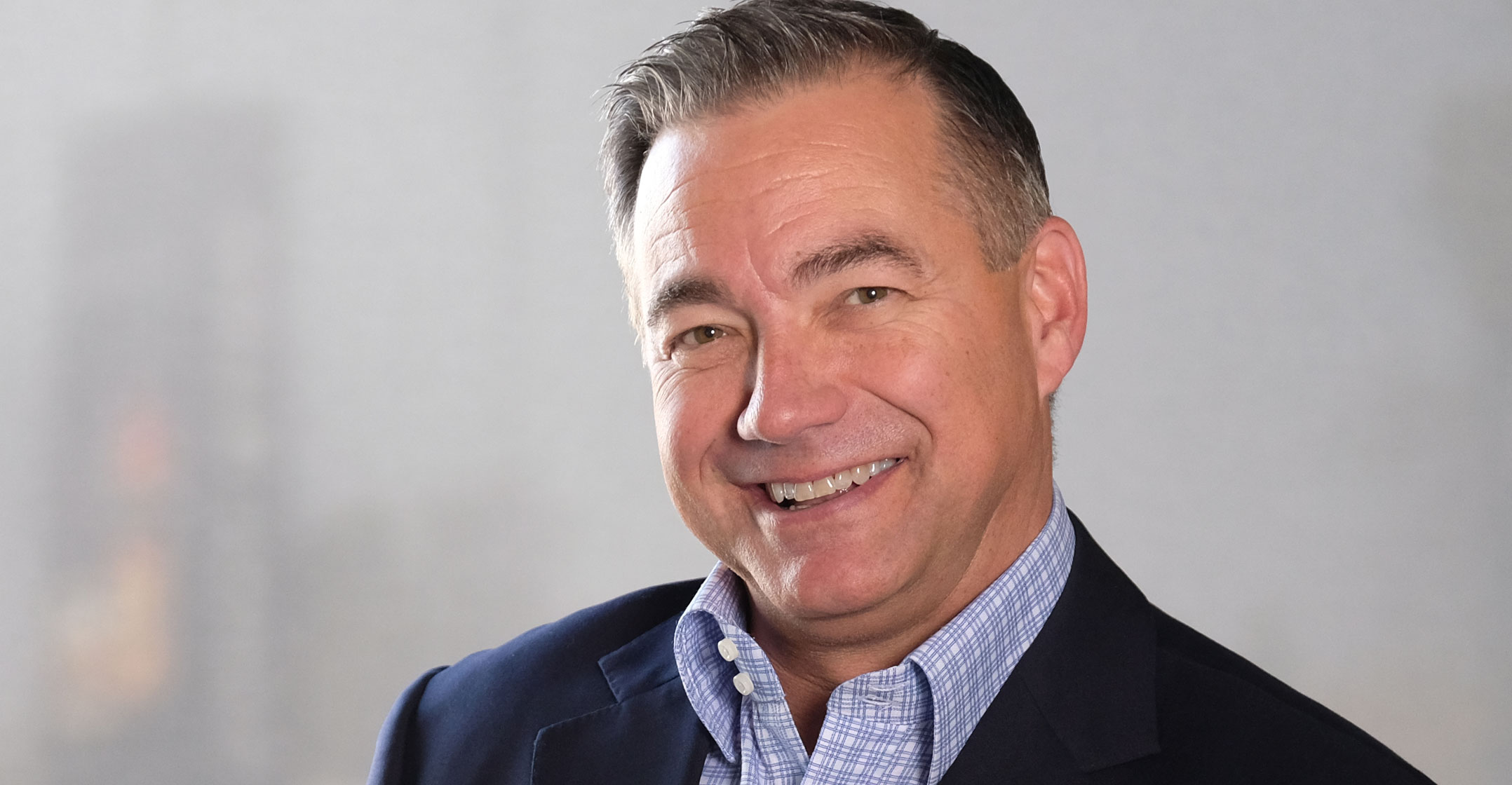
Seacom is mulling the idea of building a new, high-capacity subsea telecommunications cable, either along the east coast of Africa, where it already operates a system, or along the west coast. CEO Byron Clatterbuck emphasised that no decisions about investing in a new cable have been taken.
Clatterbuck said there is still plenty of life left in the existing Seacom cable system, which has a design lifespan of 25 years, and which runs along Africa’s east coast to India and Europe. It was built in 2009 and, using 100G wavelength technology, has a capacity of up to 8Tbit/s. Seacom currently carries about 105Gbit/s, including on its Internet transit routes with upstream providers, peering traffic and content delivery network traffic. It also has about 750Gbit/s of transmission capacity between Africa and Europe on both the east and west coasts.
“What we need is more diversity,” Clatterbuck said in response to a question from TechCentral at a press conference in Johannesburg on Thursday about plans to build new subsea fibre.
Seacom already buys capacity on the West Africa Cable System (Wacs), which runs along Africa’s west coast, giving it a diverse route into Europe.
“We are a large owner on the Wacs cable, but this cable will start to run out of capacity,” Clatterbuck said. “There will be another cable built. It needs to be adequately diverse and it is very likely we would participate in a new system.”
He added that Seacom needs to ensure it can deliver reliable, high-speed and low-cost connectivity. “Going forward, we will need to make sure we have adequate resiliency in the network at the right cost base.”
Though several other potential subsea systems are in development, no builds have started yet. Liquid Telecom is talking about a Liquid Sea cable in the Indian Ocean. Another planned cable system in the area is the IOX Cable, which will run from South Africa to Asia and connect the Indian Ocean islands. On the west coast, Angola Cables and Seaborn Networks are both involved in projects to build transatlantic cables between Brazil and Africa.
Ace up its sleeve?
The Africa Coast to Europe (Ace) cable, which already connects West Africa to Europe, is expected to be extended to Cape Town in 2018. Work on that project is already under way. “We are obviously looking to see when it lands. There will be questions around what the costs will be there… But it could be a solution,” Clatterbuck said.
On whether Seacom would be more likely to build a new system along Africa’s east coast or west coast, Clatterbuck said: “On the east coast you have bottlenecks in the Red Sea and getting across Egypt, plus additional costs. The west coast is cleaner, with deeper water, depending on how many landing stations you have.” — © 2017 NewsCentral Media

